Archaeology & History
Archaeologists Have Discovered the Lost Pleasure City of Luxor, Long Fabled as the ‘Egyptian Pompeii,’ Stunningly Preserved in Time
The city dates to the reign of Amenhotep III, King Tut's grandfather.
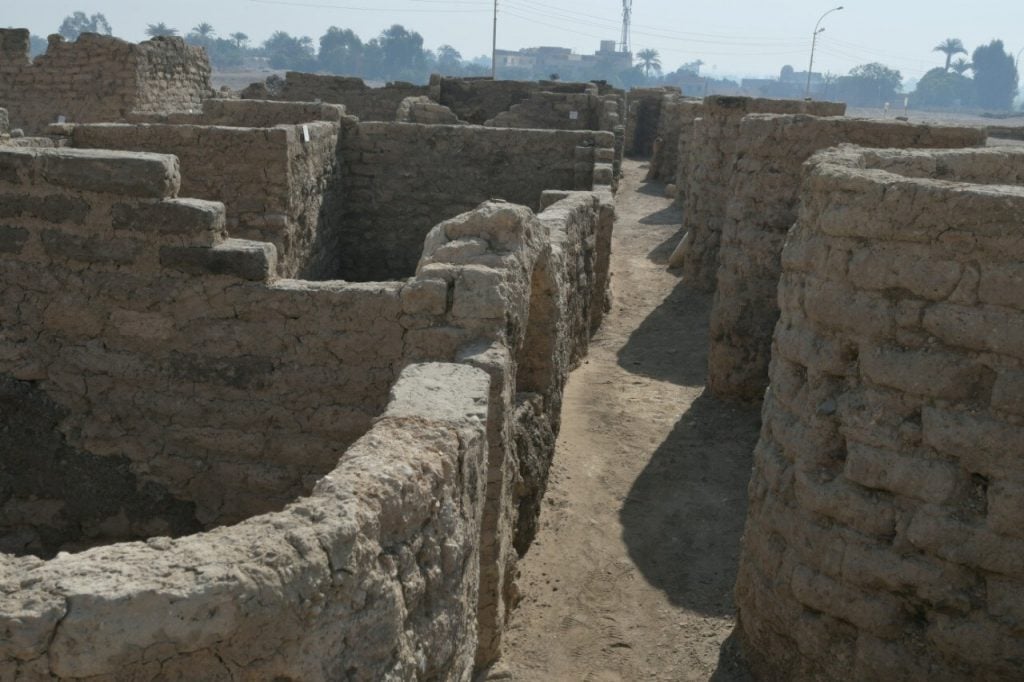
The city dates to the reign of Amenhotep III, King Tut's grandfather.

Sarah Cascone

Egyptian archaeologists have discovered what they’ve dubbed the “lost golden city of Luxor,” buried beneath the desert sands for thousands of years.
“This lost city is the second most important archaeological discovery since the tomb of Tutankhamun,” said Betsy Brian, professor of Egyptology at Johns Hopkins University, in a statement.
Excavations near Luxor began in September, and quickly uncovered a network of mudbrick walls and ancient artifacts. The team had discovered industrial royal metropolis outside the capital of Thebes.
The Egyptologists have dubbed the project “The Rise of Aten,” after a mud seal identifying the city as “the domain of the dazzling Aten.”
“It’s extraordinarily beautiful,” Salima Ikram, the head of the American University in Cairo’s Egyptology unit, told National Geographic. “I don’t think you can oversell it. It is mind-blowing.”

The lost city discovered by archaeologists near Luxor in Egypt. Photo by Zahi Hawass, courtesy of the Center for Egyptology.
“It is a sort of ancient Egyptian Pompeii,” Peter Lacovara, director of the Ancient Egyptian Heritage and Archaeology Fund, told Reuters.
Researchers were able to date the site thanks to inscriptions on the lids of wine vessels and mud bricks marked with the seal of King Amenhotep III’s cartouche. The pharaoh, who was in power from around 1386 to 1353 BC, was the father of Akhenaten and grandfather of Tutankhamun, the famed boy king. His reign was a period of great power and prosperity for Egypt.
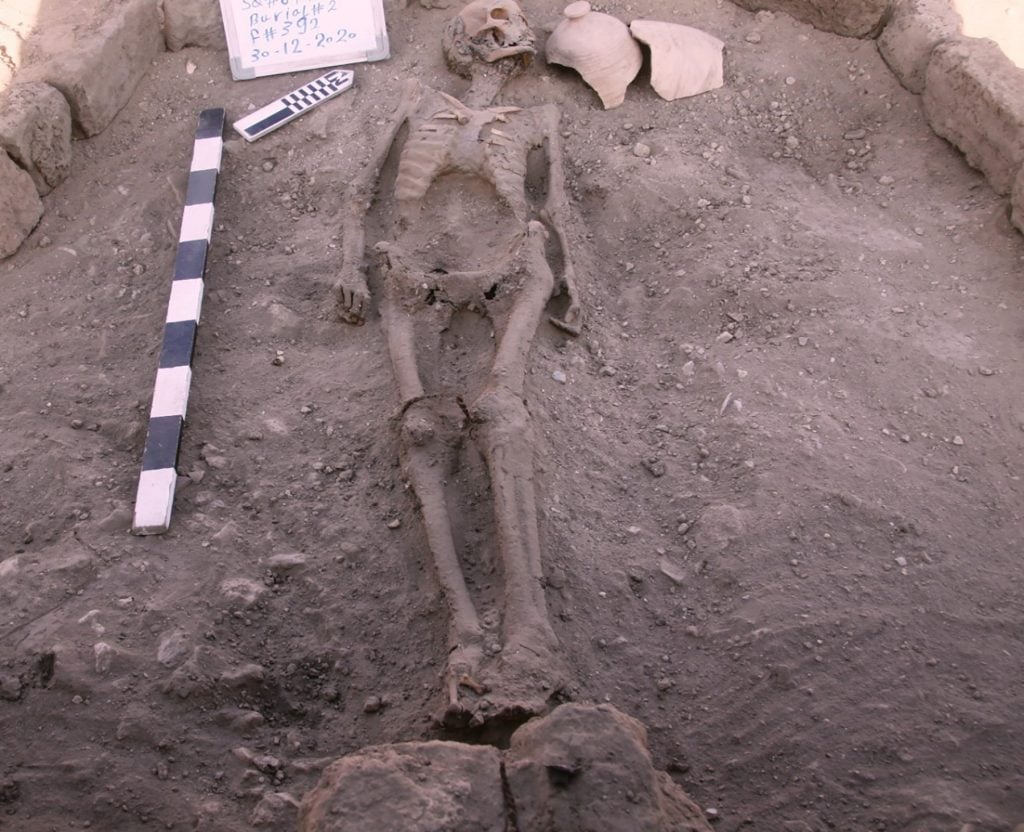
A human skeleton excavated at the lost city discovered by archaeologists near Luxor, which has been dubbed the “Egyptian Pompeii.” Photo by Zahi Hawass, courtesy of the Center for Egyptology.
The city appears to have been abandoned when Akhenaten changed his name and formed a new religion worshipping only the sun god, Aten. The heretical pharaoh, whose name was wiped from history following his death, as the kingdom returned to its traditional beliefs, also established a new capital city, Akhetaten, today known as Amarna.
There are several neighborhoods in the newly discovered city, with residential and administrative areas, as well as a large bakery and food preparation area, a workshop for the production of bricks and jewelry, and a cemetery.
“The mission expects to uncover untouched tombs filled with treasures,” wrote Zahi Hawass, the nation’s former antiquities minister. “Only further excavations of the area will reveal what truly happened 3,500 years ago.”
As excavations continue, the team hopes to determine whether or not the city was repopulated once Tut reestablished Thebes as the capitol.
See photographs of more artifacts from the excavations below.
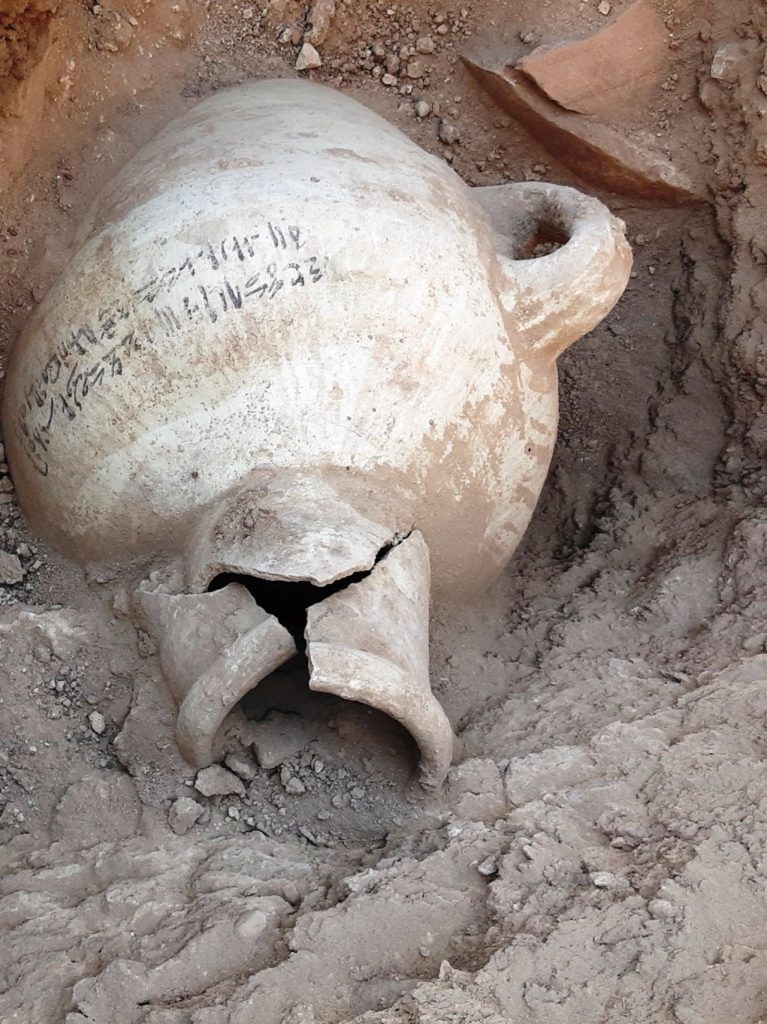
An ceramic jug excavated at the lost city discovered by archaeologists near Luxor in Egypt. Photo by Zahi Hawass, courtesy of the Center for Egyptology.
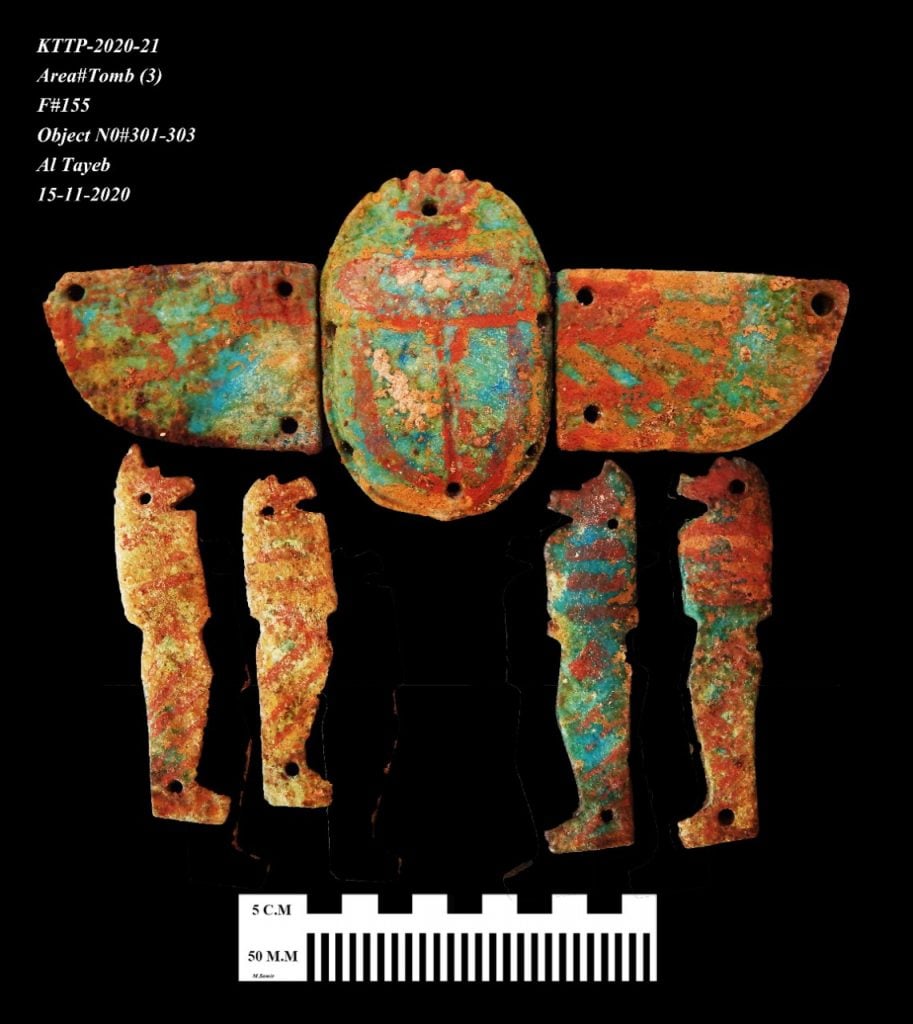
Artifacts discovered by archaeologists in the lost city near Luxor in Egypt. Photo by Zahi Hawass, courtesy of the Center for Egyptology.
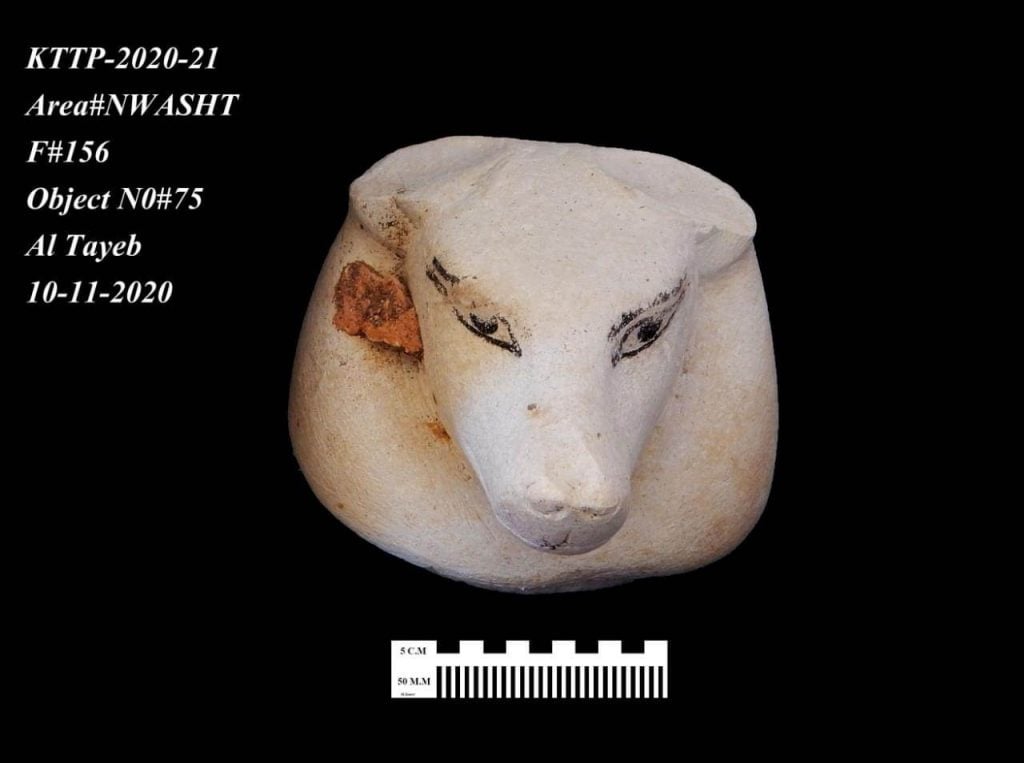
An artifact discovered by archaeologists in the lost city near Luxor in Egypt. Photo by Zahi Hawass, courtesy of the Center for Egyptology.

Statuettes discovered by archaeologists in the lost city near Luxor in Egypt. Photo by Zahi Hawass, courtesy of the Center for Egyptology.
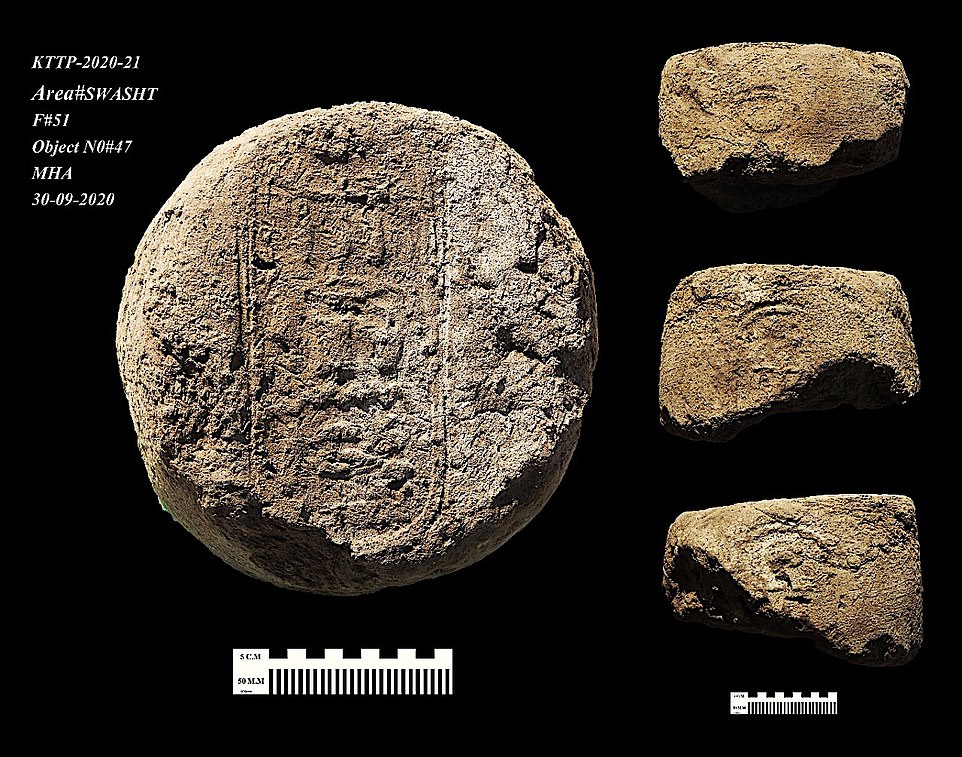
Clay caps from wine vessels discovered by archaeologists in the lost city near Luxor in Egypt helped to date the site to the reign of Amenhotep III, in power circa 1386 to 1353 BC. Photo by Zahi Hawass, courtesy of the Center for Egyptology.